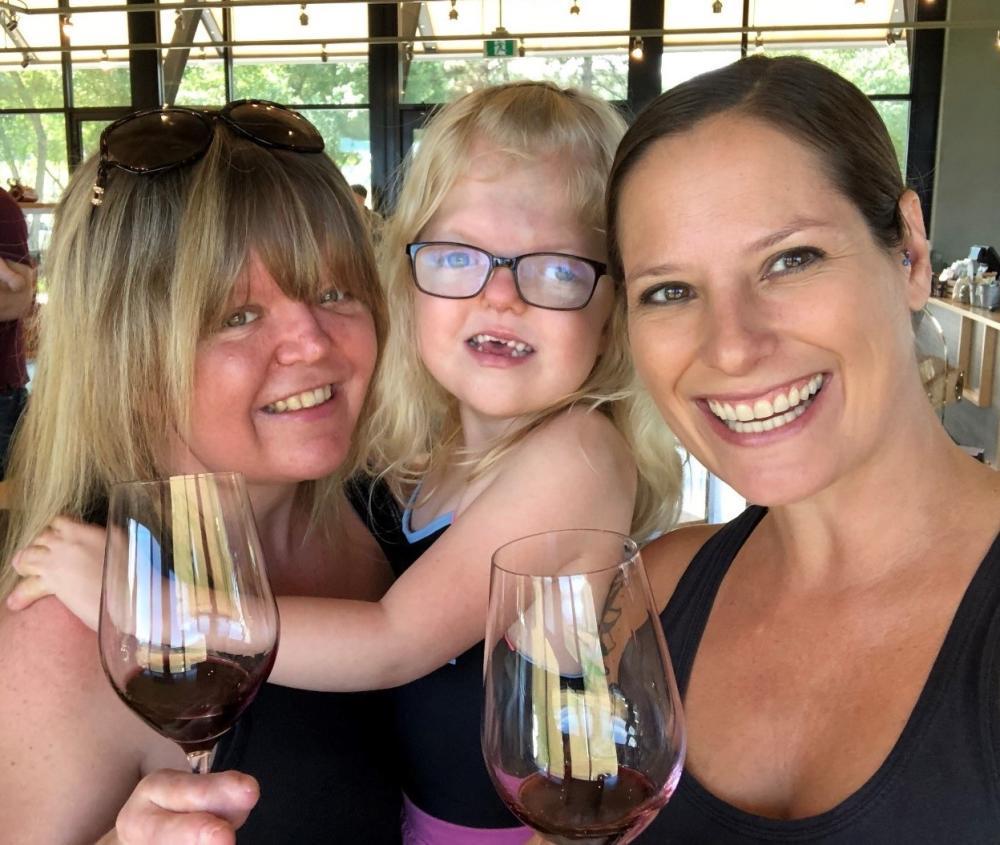We had always taken a ‘person centred’ approach over a ‘process centred’ one which meant building the restorative justice process around the needs of the participants, rather than fitting them into a predetermined model like a conference or circle. We offered a menu of restorative justice processes available that included both direct and indirect dialogue between affected persons. But how could restorative justice work when one party was non-verbal? What was possible when one person lacked the cognitive capacity to take responsibility for their actions? In addition to being flexible and person centred, we discovered the answer to finding restorative ways forward lay in the community.
While there is consensus that restorative justice must include victim, offender and community, how community is defined and involved is unclear. When it came to our work, Pranis’ definition of community as a ‘group of people with a shared interest and sense of connection because of that shared interest’ (1997, p. 1) resonated. When we worked with community members who had varying levels of understanding of how cognitive differences impacted people and behaviour, we focused on the shared interest of healing harm and creating enhanced safety for all.
Community has multiple facets and could be considered geographically (where the harm took place) or it could be socially defined in terms of who was impacted by the harm (Schiff, 2007, p. 235) . When harm involves families/caregivers or occurs in workplaces or other settings where a high level of trust is expected like a group home, there is often significant impact outside of the people directly involved.
When harm impacts or is caused by people with cognitive differences, we noticed widespread harm to other people as well as relationships. Those community members that were harmed (often peers, support workers and family members) were invited into the restorative justice process and acknowledged as victims. In addition, members of the communities of care proved to be a tremendous source of both support and accountability to both the victim and offender.



